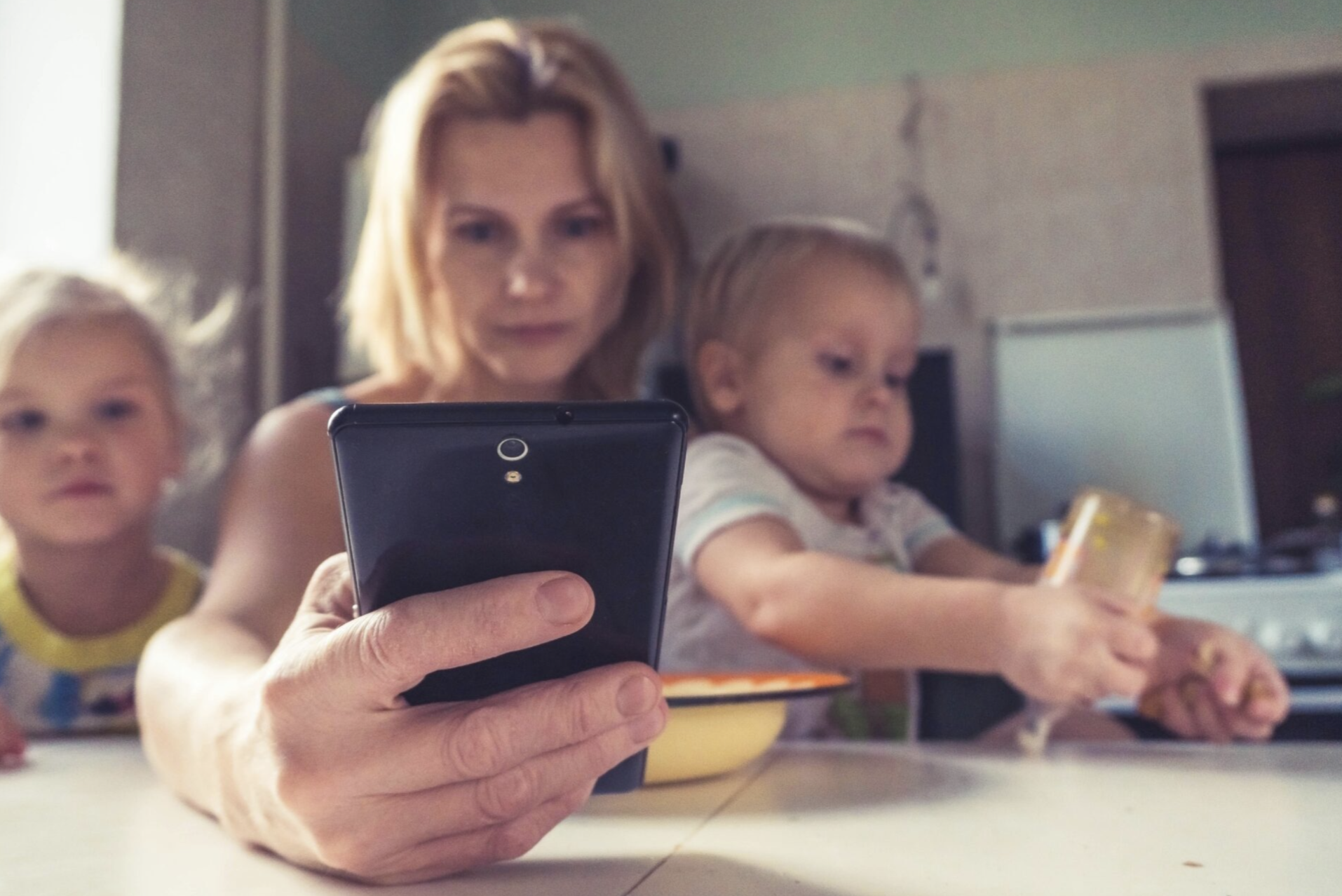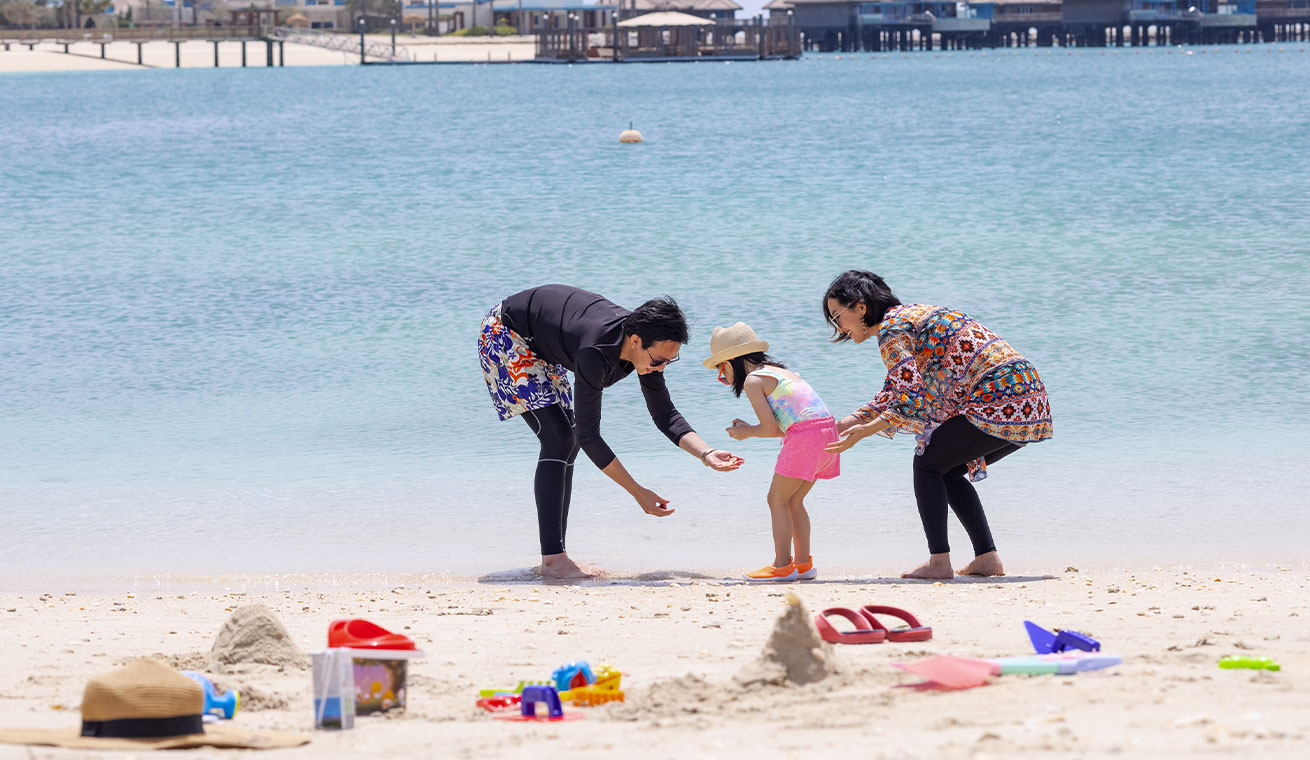
The school of the future will lead AI, not be led by it.
Fearing plane crashes and burgers
Individuals have a great propensity to fear the wrong thing. When asked, people often report fears of being attacked by sharks or dying in airplane crashes. While dramatic and memorable, we’d live longer simply avoiding burgers and Netflix.
And our fears about AI are often just as exaggerated.
We fear our children will be transformed into automatons unable to think. Yet, what we should fear is the lack of mental health supports, dwindling time with their parents, poor states of wellbeing, and how they use their time. What is most detrimental for young people is not AI, smartphones, or social media, but their time spent without real human contact, away from nature, and without something creative to discover and learn.

The real fear is not new, just overlooked (again)
The crisis in children’s mental health is not new and was not brought on by AI. Even before COVID-19, the wellbeing of young people, including those in the Gulf, was in decline, with countries boasting the highest GDPs witnessing the largest decreases in youth wellbeing and the sharpest increases in mental health issues (Marquez & Long, 2020). Critically is the fact that 50% of young people’s mental health issues appear before the age of 14 years and 75% by the time they reach 25 (Colizzi et al., 2020; Solmi et al., 2021). Mental health issues experienced in childhood predict them in adulthood.
Low wellbeing and mental health issues have implications for not only for learning, but future employment opportunities and earnings. In the Gulf, like elsewhere, greater wellbeing is also tied to stronger academic performance (Marquez et al., 2023).
Can AI help?
AI can predict mental health issues more quickly than counsellors, teachers or parents. Analysing changes in language, emotion, types of engagement and with whom, as well as frequency of social media use, AI can forecast mental health issues months earlier allowing more timely, effective and less resource intensive interventions that schools could deploy.
AI, unlike school staff or families, operates 24/7 and monitors digital as much as physical spaces. Monitoring capabilities can be deployed to across digital platforms as much as within classrooms and school yards, alerting counsellors to changes indicative of stress, depression, bullying, or anxiety. Just as effective if not more than human psychologists, students often feel safer and more comfortable disclosing to it.
AI-driven robots or virtual agents could interact with students, offering empathetic listening, conversation, as well as personalized positive psychology interventions to raise levels of wellbeing, as much as cognitive-behavioral therapies to decrease mental health concerns. AI agents could provide immediate and enduring support during and beyond school days, meeting mental health and wellbeing concerns at last.
Still…. AI in its place
Despite its capability, there are things AI cannot do. Using PISA data from over 19,000 students in the UAE, we (Marquez et al., 2024) showed that what contributed most to youth wellbeing included the social connections young people had with their parents, peers and teachers: school belonging also helped. But so did their use of time, with which they were dissatisfied.
Too much tightly scheduled structured time fatigued them, too little made them unhappy and invited more phone use. Sports, homework, enjoying some free time, as well as socializing with friends and having good relationships with their parents made them happiest. University students were hardly different, when asked what they needed most to be happy at university: friends and the help of professors in making them (Lambert et al., 2022).

Where AI won’t help.
Our human need for positive experiences is best served by us. Experiences like play and laughter over a boardgame, sharing an inside joke, or feeling seen and loved are hard to replicate, and their value would be diminished if we did. Activities that connect us with nature, from hiking in the desert, feeling the cool mist of a waterfall, to the magic of petting and momentarily connecting with a rabbit depend not on technology but the real world.
To duplicate them would undermine our satisfying visceral responses to the real things. Being intellectually curious – confused, amused even! – visiting a bottlecap museum or appreciating strange modern art holds cognitive surprise that personalization strips away. Experiencing spiritual transformation during Ramadan is also where AI should not intrude. Simply laying on the bed staring at the ceiling with the freedom to reflect, be bored and get creative is what makes us human.
We make the choices.
Schools can adopt AI solutions where it makes sense and in ways that make sense. Adopting it everywhere for adoption’s sake, or worse, because other schools have done it across a range of areas, may overlook each school’s own needs and where the human touch may in fact, be the preferred touch. We don’t need AI for everything.
At the same time, AI can help us meet the mental health and wellbeing needs of young people that for all our worrying and protesting, continue to not be addressed at the scale, timeliness, and specificity it needs. Persisting without delivering does not help young people. The question is not whether it works, but if we can accept AI as the solution we’ve been needing and offer ourselves for the more human jobs instead?
Dr. Louise Lambert has been based in the UAE since 2003. She is a Canadian positive psychology school and organizational consultant, former professor, and researcher with over 40 scientific publications in the science of wellbeing and its applications in the GCC region.
Notable publications include her work developing Al Nowair’s “Bareec” program in Kuwait and Dubai College’s positive psychology program. She is also the Editor of the Middle East Journal of Positive Psychology, a peer-reviewed journal dedicated to wellbeing across the Middle East/North Africa.
See https://www.linkedin.com/in/dr-louise-lambert-89434927/ for more.
Cited Work:
Colizzi, M., Lasalvia, A., & Ruggeri, M. (2020). Prevention and early intervention in youth mental health: Is it time for a multidisciplinary and trans-diagnostic model for care? International Journal of Mental Health Systems, 14(23). https://doi.org/10.1186/s13033-020-00356-9
Lambert, L., Khadri, Y., Mayet, S., Vedanayagam, J., Varma, V., & S. Kertechian, K. (2023). Thanks for asking! How UAE-based university students conceptualize happiness and how institutions can improve it. IntechOpen. https://doi.org/10.5772/intechopen.107363
Marquez, J., Lambert, L., & Cutts, M. (2023). Geographic, socio-demographic and school type variation in adolescent wellbeing and mental health and links with academic competence in the United Arab Emirates. Child Indicators Research, 16, 797–836. https://doi.org/10.1007/s12187-022-09993-7
Marquez, J., Lambert, L., & Khanna, D. (2024). Exploring factors associated with student wellbeing in the United Arab Emirates: PISA 2018. Journal of Research in International Education, 23(1), 41-59. https://doi.org/10.1177/14752409241243011
Marquez, J., & Long, E. (2020). A global decline in adolescents’ subjective well-being: A comparative study exploring patterns of change in the life satisfaction of 15-year-old students in 46 countries. Child Indicators Research, 14, 1251–1292. https://doi.org/10.1007/s12187-020-09788-8
Solmi, M., Radua, J., Olivola, M., Croce, E., Soardo, L., Salazar de Pablo, G., … & Fusar-Poli, P.
(2021). Age at onset of mental disorders worldwide: Large-scale meta-analysis of 192 epidemiological studies. Molecular Psychiatry, 27, 281–295. https://doi.org/10.1038/s41380-021-01161-7


